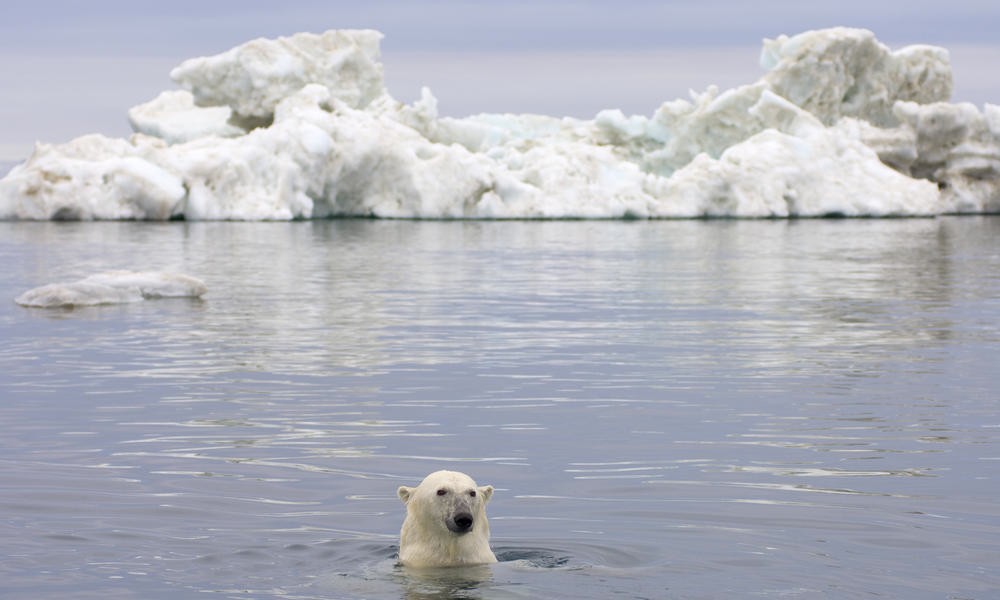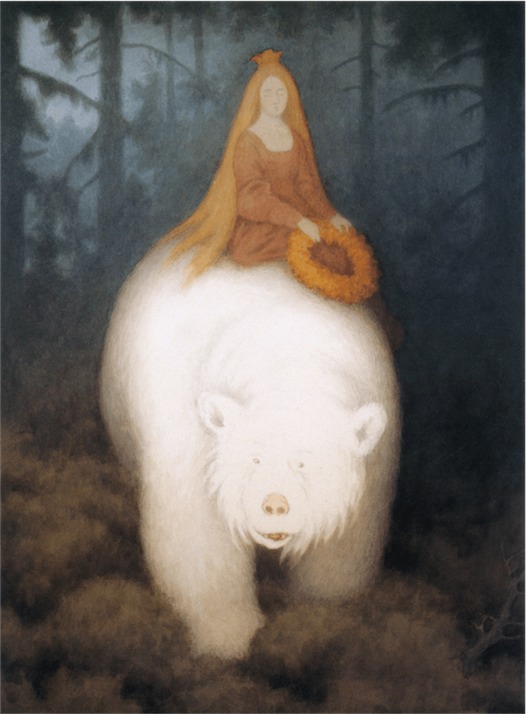What is it about polar bears that makes us fall in love with them? A magnificent animal that can easily kill a human with one swipe of a paw, a graceful, seemingly effortless master of the ice world, and a cuteness that reminds one of a teddy bear ready to be hugged. There is something irresistible about polar bears.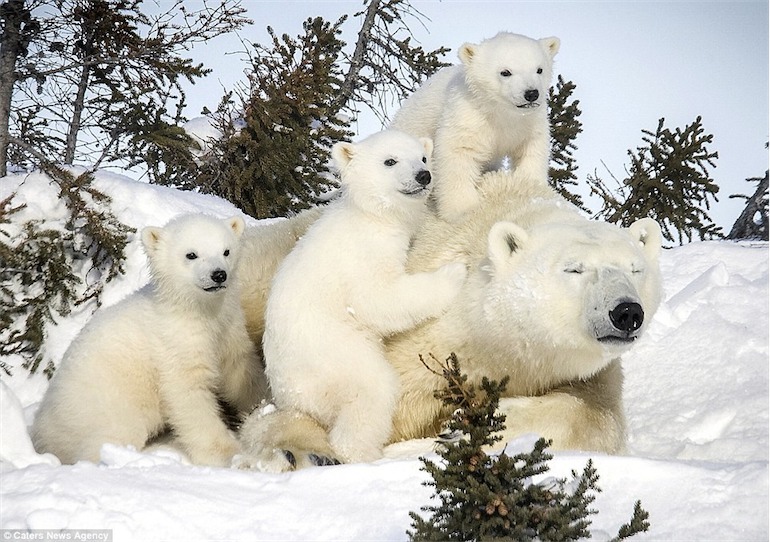
In recent years polar bears have become a celebrity species. The image of a polar bear swimming in a sea of melting ice unable to save himself is a familiar and heart wrenching image that springs to mind when the words climate change and the arctic are mentioned. Polar bears have become a poster child for the effects of climate change in the arctic and a voice of urgency in the call to stop the damage and save what we have left of the arctic before it is too late.
As a student studying Ecology at the University of Otago in New Zealand I am almost as far from the Arctic as possible yet some of my lecturers at the university still manage to bring polar bears to mind, whether discussing climate change, or the adaptations of polar bears as marine mammals. Male polar bears usually weigh between 350-600kg and their dense coats and a thick layer of body fat help to keep them insulated from their frigid surroundings. Polar bears have large feet to help them swim and can sustain a swimming pace of 6km/hr. Despite spending around 50% of their time hunting for seals and other food sources, only 2% of polar bear hunts yield success. As the apex predator in the arctic food web polar bears play a crucial role in keeping the ecosystem in balance. The loss of polar bears would likely cause a cascade effect down trophic levels. A U.S. Geological Society Survey predicted that by 2050 2/3 of all polar bears in Alaska may become extinct.
Polar bears have always evoked a somewhat mythical image for me. As a child I remember listening to the Norwegian fairytale: White-Bear-King-Valemon, which tells of a princess and a bewitched king who takes the form of a huge white bear. Indigenous cultures of the arctic share an intertwined history with the polar bear. The Inuit people of Alaska have hunted polar bears for centuries and to this day the subsistence harvest of polar bears remains an exclusive right to indigenous peoples. In Inuit mythology, Nanuq (the polar bear) was considered the most prized animal. Nanuq was said to be wise, powerful and almost a man. Hunters thanked Nanuq’s spirit by hanging the polar bears skin in an honored location in their homes for several days and offering it valuable tools such as knives, skin scrapers and needle cases. It was believed that if a hunter paid proper respects the spirit would share this information with other bears who would be eager to be killed by that hunter. If a hunter failed to honor Nanuq, other bears would stay away from him. The Intuits traditionally used every part of the polar bears body except for the liver, which is toxic due to its high levels of vitamin A.
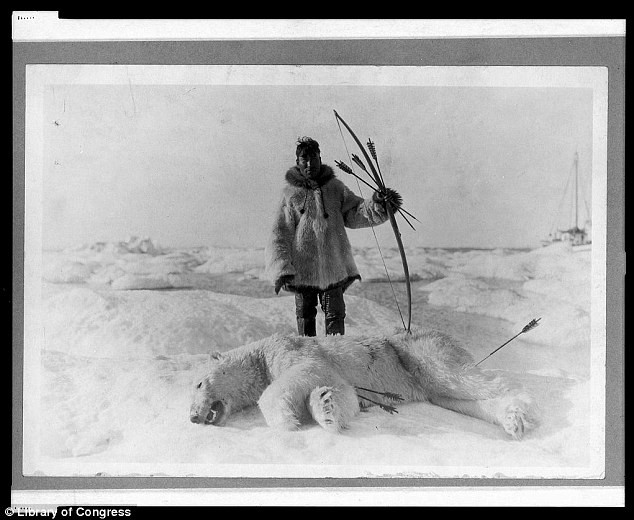
An Eskimo hunter poses with bow and arrows above a slain polar bear seen in 1924 with arrows protruding from its chest.
The Inuit people learned how to read and interpret the story of tracks and other clues left in the snow by a passing polar bear. It is quite possible that not only did the Inuit learn about the habits of the polar bear but they may also have learned from them. Polar bears and Inuit people hunt bearded and ringed seals in the same way. The bear or person lies in wait for hours at a seal breathing hole (vertical tunnel with an ice dome covering) which channels through the thick winter ice. When an unsuspecting seal comes up for air it is killed quickly with a fatal blow and pulled out of the ice dome and tunnel.
Another similarity between these two ice dwellers is the way that they navigate on thin ice. Polar bears spread their legs apart to redistribute their weight and if the ice still threatens to break the bears will lie on their bellies and chest and propel themselves along the ice. Inuits spread their legs when walking on thin ice and slide their feet forward. If the ice is especially thin they go on all fours spread as widely as possible and in extreme cases may even lie down and use a swimming motion like the bears. These similarities raise the question of if these co-inhabitants of the ice world evolved these techniques independently or if the Inuit learned through ancestral observation of these kings of ice?
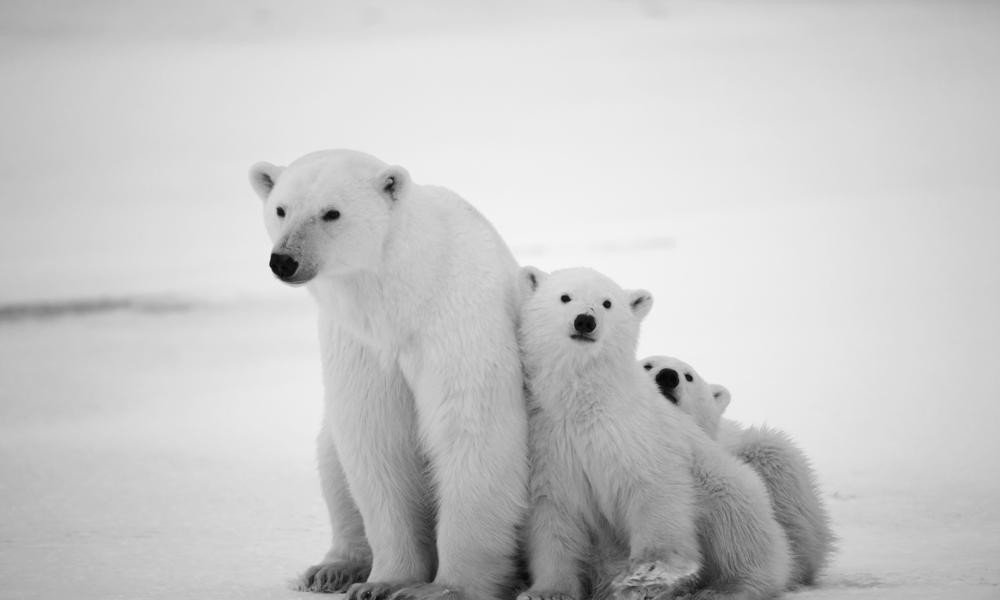 Although unlike the Inuit I have never seen polar bears outside of a zoo, for me these bears are a symbol of power and grace, a symbol of a magical and harsh yet fragile place that could be irreversibly changed within my lifetime. If you find yourself still reading, take a minute to ask yourself: why polar bears are so captivating? What does the polar bear symbolize for you?
Although unlike the Inuit I have never seen polar bears outside of a zoo, for me these bears are a symbol of power and grace, a symbol of a magical and harsh yet fragile place that could be irreversibly changed within my lifetime. If you find yourself still reading, take a minute to ask yourself: why polar bears are so captivating? What does the polar bear symbolize for you?
Zuri (US/NZ) is an adventure-loving ecology student and cellist with an avid interest in preserving and caring for all regions of the earth and a fascination for the Arctic.

